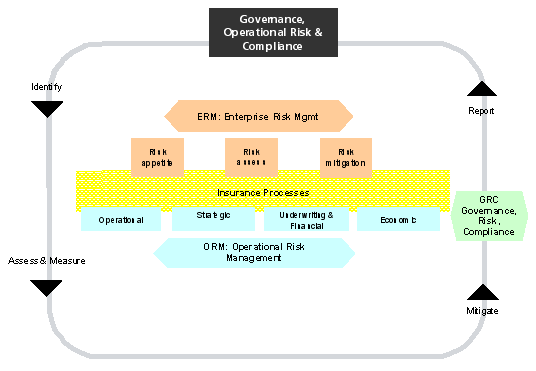The issue of solvency has moved front and center for insurer boards, senior managers, regulators, and rating agencies. To respond successfully, insurers must map how they will control their futures. To do so, they must have the right technology and use it properly.
The financial crisis and recession make significant change in US solvency regulation more likely. In a new report, The Future of Insurance Solvency Regulation and Technology in the US, Celent examines how the financial crisis will change solvency regulation.
Celent believes that the direction the NAIC and the state Departments of Insurance will take is broadly similar to the Solvency II Framework Directive recently adapted by the EU for a 2012 implementation. However, insurers in the US cannot wait for complete certainty. Rather, they should follow four broad principles: view changing solvency requirements as an opportunity; use an ERM framework to embed solvency management in operations; build the solvency technology stack deliberately; and make solvency metrics transparent. 
"If insurers have learned nothing else from the financial crisis, they now know that the range and size of risks they face are more difficult to predict than previously thought," says Donald Light, senior analyst with Celent's Insurance Group and author of the report.
"The responsibilities of all US insurers to their policyholders and owners require improved solvency practices. For most insurers, building better solvency capabilities and practices will take a number of years. It would be a mistake to wait for the NAIC/DOIs/rating agencies to act first,” he adds.






